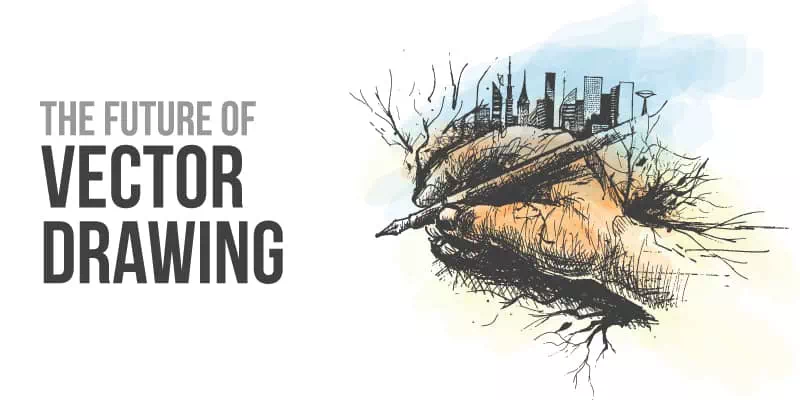Vector drawing is a technique used in the design industry to create digital illustrations. Its significance lies in its ability to produce precise, scalable, and versatile artwork. Designers can easily manipulate and modify vector graphics. Its ability to create visually stunning and adaptable artwork makes vector drawing essential in fields such as graphic design, illustration, branding, and digital media.
Vector drawing techniques have continuously evolved. The introduction of bezier curves and anchor points revolutionized the precision and control over shapes, enabling intricate designs and smooth curves. The inclusion of gradient fills, transparency effects, and blending modes added depth and visual richness to vector artwork.
And, the rise of 3D modeling and rendering capabilities allows designers to bring their vector creations to life with realistic shading and lighting effects. The continuous evolution of vector drawing techniques ensures that the design industry remains dynamic, innovative, and at the forefront of visual communication.
Trend 1: Enhanced Realism in Vector Drawing
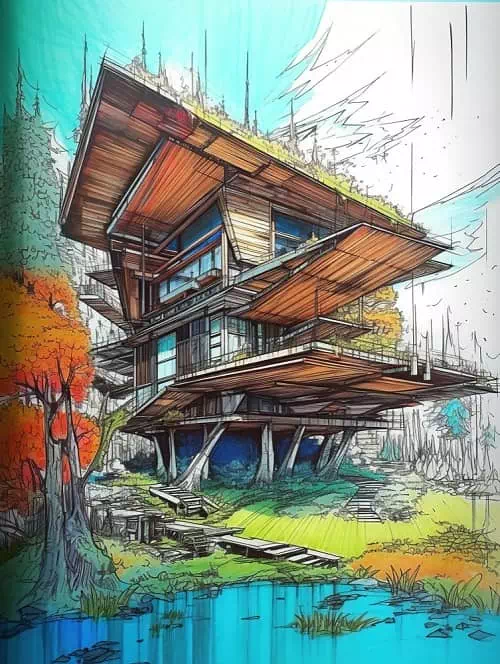
There is a growing demand for more realistic vector illustrations in the design industry. Clients and viewers increasingly seek artwork that exhibits depth, texture, and a sense of realism. Realistic vector illustrations offer a unique combination of scalability and editability. Innovative techniques have emerged that bridge the gap between vector and raster art. One such technique is the use of gradient mesh. It enables artists to create smooth transitions between colors, adding depth and dimension to vector graphics
Artists around the world are pushing the boundaries of realism in vector drawing, showcasing their exceptional skills and creativity. they are producing stunning illustrations that challenge the limitations of the medium. Their artwork showcases lifelike portraits, intricate landscapes, and intricate objects that seem to transcend the limitations of vector graphics.
Trend 2: Artificial Intelligence Integration in Vector Drawing
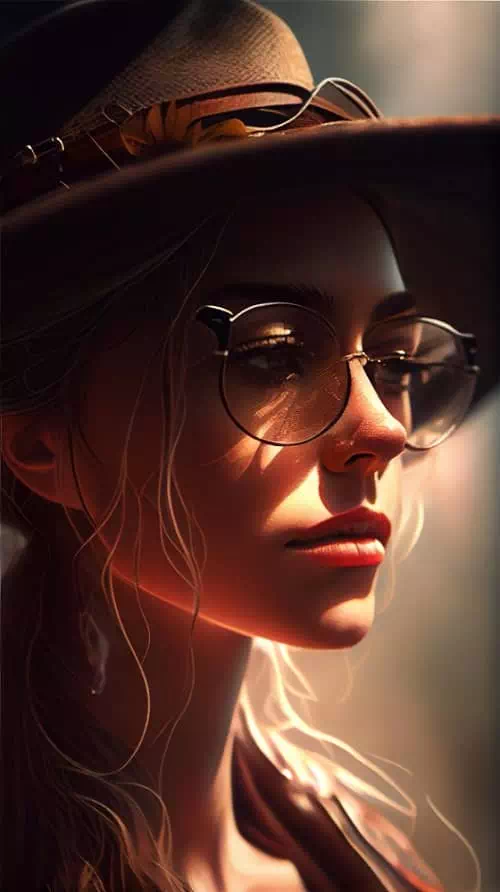
AI (Artificial Intelligence) is transforming vector drawing workflows by revolutionizing efficiency, creativity, and productivity for vector artists and designers. With automatic shape recognition, AI algorithms can convert hand-drawn sketches into precise vector shapes.
AI integration in vector drawing brings numerous benefits to artists and designers. Here are the key benefits and potential challenges of AI integration in vector drawing:
Benefits
Increased Efficiency: AI-powered tools enable artists to work more efficiently. This includes automatic shape recognition, intelligent line smoothing, and content-aware resizing, which save valuable time and effort in the creation process.
Streamlined Collaboration: AI-powered collaboration tools enable real-time feedback, version control, and seamless communication among team members.
Enhanced Accessibility: AI integration in vector drawing makes the process more accessible to artists with varying skill levels. AI-powered tools assist beginners in creating quality vector artwork and offer learning resources.
Challenges
Learning Curve: AI-powered tools often require a learning curve for artists to fully harness their capabilities. Familiarizing oneself with new tools and techniques may take time and effort.
Overreliance on Automation: While AI streamlines processes, there is a risk of overreliance on automation. It can stifle creativity and result in generic or formulaic designs. It is crucial to balance AI assistance with human input.
Ethical Considerations: AI raises ethical concerns regarding copyright infringement, plagiarism, and ownership of AI-generated artwork. Artists and designers must navigate these challenges responsibly and ensure compliance with ethical standards and legal regulations.
Trend 3: Responsive Vector Design
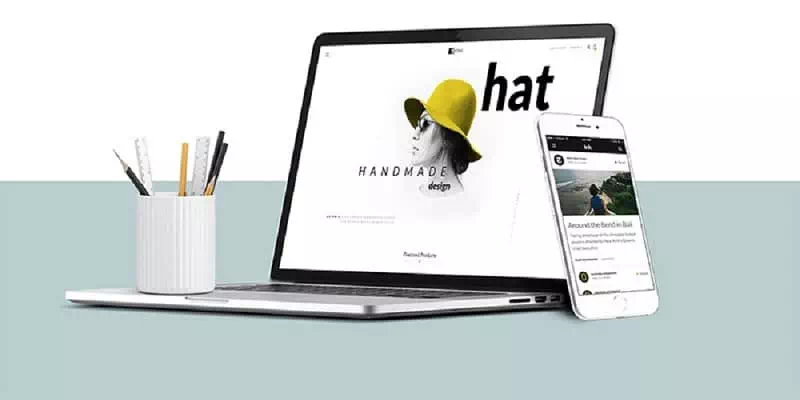
In today’s multi-device world, there is a growing need for responsive vector design to ensure optimal visual experiences across various devices and screen sizes. By utilizing vector graphics designers can create versatile and adaptable designs that seamlessly respond to different devices. Techniques and Tools for Creating Adaptable Vector Assets:
Scalable Vector Graphics (SVG): SVG files contain mathematical portrayals of shapes, permitting them to be increased or down with practically no deficiency of value. SVG assets can be created by designers using a variety of vector applications, such as Adobe Illustrator, Inkscape, and Sketch.
Grid Systems: Grid systems provide a framework for designing vector assets that align and adjust to different screen sizes. By using grid-based layouts, designers can create a consistent visual structure that can be easily adapted and rearranged for various devices.
Examples of responsive vector designs include icons that adapt their size and level of detail. Scalable infographics enable users to view and interact with information without compromising clarity. Flexible logos adjust their elements to fit within various display spaces. These responsive vector designs enhance the user experience by providing a cohesive, visually appealing.
Trend 4: Collaborative and Cloud-based Workflows in Vector Drawing

There has been a significant shift towards collaborative and cloud-based vector drawing workflows in recent years. With real-time collaboration tools, multiple users can simultaneously work on the same project from different locations. Cloud-based platforms allow for seamless file sharing and storage. It helps to eliminate version control issues and enhance productivity.
The shift towards collaborative and cloud-based vector drawing workflows has transformed the way artists collaborate. It improves the efficiency, accessibility, and teamwork in the design industry. Here are several popular cloud-based vector design platforms and their key features:
Adobe Creative Cloud: Adobe Illustrator, a part of Creative Cloud, offers a comprehensive set of vector design tools. It provides cloud storage for easy file access and sharing.
Figma: Figma is a powerful cloud-based design tool known for its collaborative features. It enables real-time collaboration, allowing multiple users to work simultaneously on the same design project.
Sketch + Abstract: Sketch can be combined with Abstract, a cloud-based platform. Abstract enables designers to work collaboratively, manage design versions, and streamline file sharing. It allows team members to leave comments and gather feedback.
Trend 5: Custom Illustrations and Branding
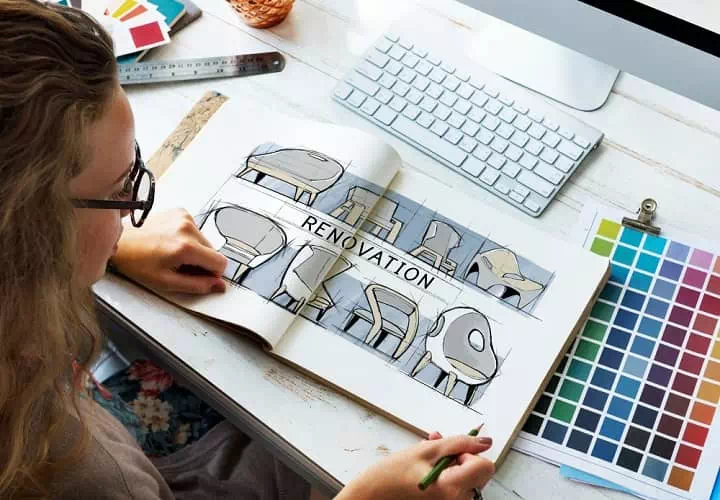
A growing trend in the design industry is the use of custom vector illustrations for branding purposes. By commissioning original illustrations tailored to their brand, companies can differentiate themselves. They can convey their personality, values and create a memorable brand experience. By leveraging unique design elements and custom illustrations, brands can showcase their personality, values, and story.
Here are a few notable examples of successful brand implementations that have leveraged personalized and cohesive visual identities to make a lasting impact:
Apple: Apple is widely recognized for its minimalist and sleek visual identity. The clean and simple design approach is reflected in their iconic logo. The cohesive visual identity establishes Apple as a premium and cutting-edge brand.
Coca-Cola: Coca-Cola’s visual identity has remained consistent and timeless for decades. The classic red and white color iconic script logo exudes happiness and refreshment. Coca-Cola’s cohesive visual identity reinforces its brand values and legacy.
Google: Google’s visual identity is synonymous with simplicity, playfulness, and innovation. The logo, coupled with its cohesive use of colors and clean design approach, represents Google’s user-friendly products and services.
Trend 6: Mixed Media and Collage
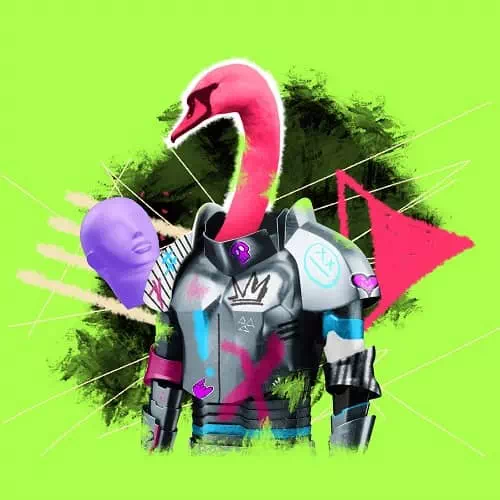
Traditionally, vector drawing was limited to clean, precise lines and shapes. However, designers now integrate mixed media elements such as textures, gradients, hand-drawn elements, and photographic elements into their vector illustrations. This blending of different media adds depth, texture, and a unique aesthetic to vector designs. It allows designers to experiment and create more dynamic and engaging visuals.
The fusion of photography, textures, and hand-painted elements in vector drawing has introduced a new level of visual richness and creativity to design. Photographs bring a sense of realism and context. Hand-painted elements infuse a unique artistic touch and a sense of craftsmanship.
Trend 7: Abstract and Geometric Art
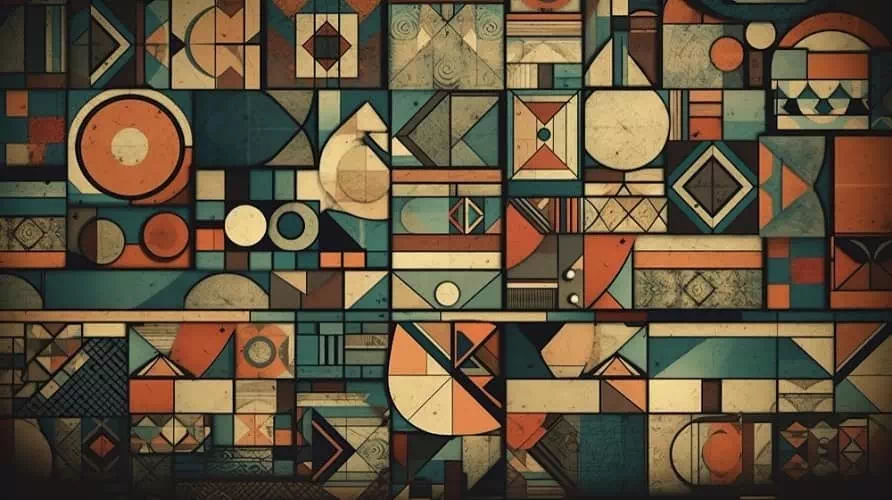
In the realm of abstract and geometric art, artists are provided with an expansive platform to delve into the realm of intricate patterns and non-representational compositions. The exploration of these intricate patterns offers a captivating playground for artists to experiment with repetition and rhythm, resulting in mesmerizing visuals that effortlessly captivate the viewer’s gaze.
Within abstract compositions, artists find the ultimate liberation to express their emotions, ideas, and concepts through non-representational forms. This freedom from the constraints of representational art opens up a world of endless possibilities, allowing artists to venture into uncharted visual territories and push the boundaries of their creativity.
Conclusion
In conclusion, the future of vector drawing is being shaped by several key trends and innovations. The rise of AI technology is transforming workflows. This technology offers new creative possibilities. The demand for more realistic vector illustrations is driving the development of innovative techniques. It is crucial for designers to stay updated with emerging techniques and tools in the field of vector drawing. By exploring and experimenting with these innovations, designers can unlock their full potential and create impactful vector artwork.
In the ever-evolving landscape of vector drawing, it is essential to stay curious, open-minded, and adaptable. Embrace the latest trends, seek out new tools, and continue to refine your skills. The future of vector drawing holds exciting prospects, and by staying informed and embracing innovation, you can be at the forefront of this dynamic field. So, let your imagination soar, explore new possibilities, and experience the feel of a journey of endless creativity in your vector drawing endeavors.
Frequently Asked Questions
How has vector drawing evolved over the years and what trends have emerged in the field?
Vector drawing has evolved significantly with the advancement of technology. The integration of 3D capabilities adds new advantages in this field. Improvement of user interfaces, real-time collaboration features, and seamless integration with other design tools are some more trends that have emerged in the field.
What are the latest innovations in vector drawing software and tools?
Recent innovations in vector drawing software and tools include enhanced pen and brush tools, intelligent shape recognition, automatic vectorization of hand-drawn sketches, augmented reality (AR) support for live vector drawing, and AI-powered assistance for faster and more efficient workflows.
Are there any notable advancements in vector drawing technology that could revolutionize the industry?
Yes, there are several advancements in vector drawing technology. The development of natural language processing interfaces is a remarkable advancement. Machine learning algorithms and the integration of virtual reality are also some notable advancements that could revolutionize the industry.
Are there any challenges or limitations associated with vector drawing, and how are they being addressed?
One challenge is the complexity of learning and mastering vector drawing software. However, many platforms provide extensive tutorials and user-friendly interfaces to overcome this hurdle. Additionally, complex organic shapes and textures can be challenging to recreate with vectors, but advancements in software are making it easier to simulate natural elements.
How can artists stay updated on the latest trends and techniques in vector drawing?
Artists can stay updated by following industry blogs, participating in online communities and forums, attending workshops and conferences, subscribing to design


